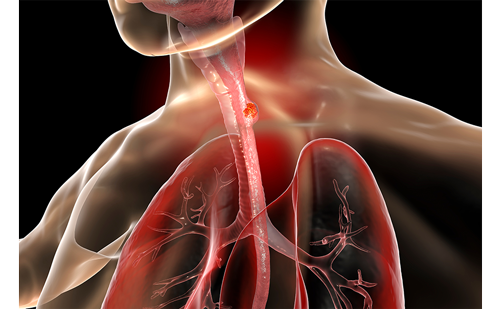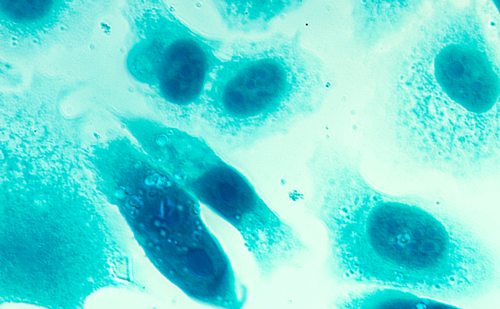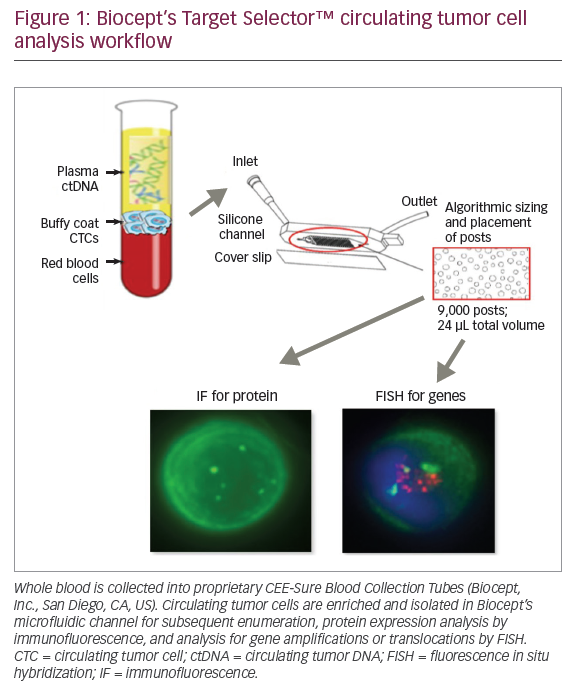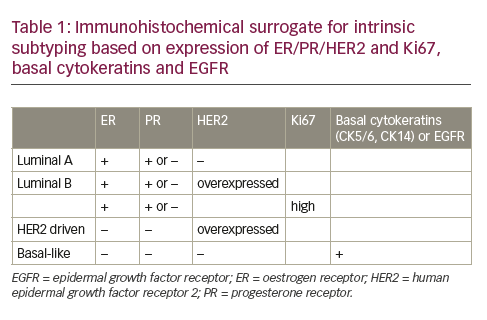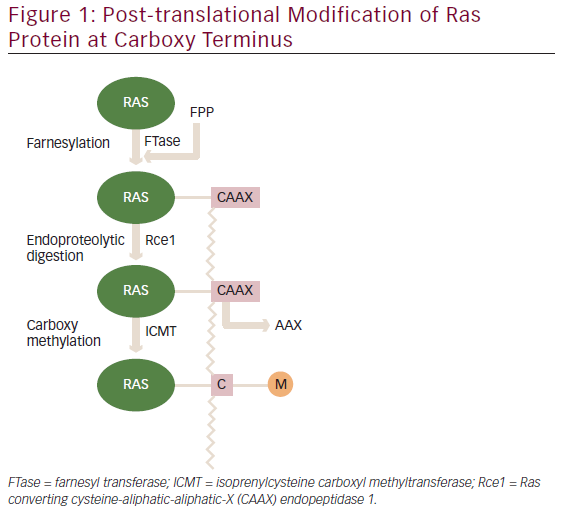In the US, breast cancer is the most common non-skin cancer and the second leading cause of cancer-related death in women. There were expected to be 192,370 new diagnoses of invasive breast cancer in the US in 2009, and of that number we estimate that 28,856 (15%) will die of the disease by 2022, considering that the overall mortality rate is steadily decreasing by about 2% per year.1
In the US, breast cancer is the most common non-skin cancer and the second leading cause of cancer-related death in women. There were expected to be 192,370 new diagnoses of invasive breast cancer in the US in 2009, and of that number we estimate that 28,856 (15%) will die of the disease by 2022, considering that the overall mortality rate is steadily decreasing by about 2% per year.1
Early diagnosis and treatment can dramatically increase the likelihood that a woman diagnosed with breast cancer in 2009 will not be among the 15% who will die, because screening mammography has the dramatic impact of facilitating earlier diagnosis. A recent review of the eight major prospective randomized population-based trials of mammography screening concluded that the policy of offering screening is associated with a significant and substantial reduction in breast cancer mortality, whether or not those offered screening were actually screened,2 commonly observed to be between 25 and 45% in women over 50 years of age and between 15 and 25% in women of all ages.3 This mortality reduction occurs despite the compliance and contamination biases that result from women offered screening (experimental group) but who did not actually receive mammography (non-compliant), and women not offered screening (control group) who nevertheless actually had screening mammography (contamination). One study of women actually receiving regular population screening mammography demonstrated an even greater mortality reduction of over 50%.4
Such clear science in favor of the benefits of screening mammography should leave little doubt about its effectiveness, but a recent report from the US Preventive Services Task Force (USPSTF) has added controversy as to the frequency, effectiveness, and costs of screening mammography.5 We performed a study that looked not to the future, as in screening mammography prospective trials, but to past experience with screening and asked, retrospectively, ‘Of women who died of breast cancer, what was their experience with screening mammography?’ Our hypothesis was that among women who die of breast cancer, the majority did not participate in screening mammography. We examined complete medical records of women who actually died from their breast cancer to determine whether or not they had participated in regular mammographic screening. Ours was a similar exercise to that which proved the efficacy of safety belts in automobiles: look back at fatal car accidents and determine whether or not those killed had been wearing their seat belts.
In 1984 the US National Highway Traffic Safety Administration estimated that safety belts reduced the fatality risk of front-seat occupants of passenger cars by 45% relative to unrestrained occupants. A more recent 2009 analysis compared fatality data from belt use observed in local and national surveys of automobile accidents. This analysis reconfirmed the agency’s earlier estimates of a fatality reduction of 45% in passenger car accidents by use of seat belts. Furthermore, the analysis allowed additional inquiries, permitting estimation of belt effectiveness by crash type, occupant age, gender, belt type, vehicle type, and other criteria.6
Methods
In a similar fashion, we analyzed breast cancer deaths among women treated in a large hospital consortium by comparing the history of mammography in women who died from breast cancer and the rate of screening reported by a national, biannual, standardized telephone survey: the Behavioral Risk Factor Surveillance Survey (BRFSS). Our results show that 75% of breast cancer deaths among the patients we studied occurred in the 20% of women not in regular screening programs. Furthermore, our analysis of fatal breast cancers permitted additional inquiries that revealed demographic relationships such as age at diagnosis, duration of survival, pathologic characteristics such as tumor size, grade, and nodal status, and interval between mammography screenings.
Of course, not every driver will be involved in a motor vehicle accident. In fact, most drivers will never be in an accident, just as most women will never develop breast cancer. Of people who are in accidents, however, those who are wearing their seat belts are much more likely to survive. Likewise, while most women will never develop breast cancer, of those who do develop cancers, those whose cancers are found on a routine screening mammogram are much less likely to die from the disease.
Using longitudinal electronic medical records, we identified nearly 7,000 women in a large hospital consortium in Boston, MA who were diagnosed with invasive breast cancer between 1990 and 1999. Of the 873 women who died from any cause over a median follow-up of 12.5 years (range eight to 17 years), we confirmed that roughly half had died from their breast cancer, and of those women who died, 75% either had never received screening mammography or had not received a screening mammogram in the two years prior to diagnosis.
Results
The mechanism by which a seat belt prevents death during a car accident is fairly clear: it prevents secondary collisions with the steering wheel, dashboard, windshield, or other internal objects after the abrupt stoppage of the primary collision. Likewise, the reason screening mammography prevents death from breast cancer is just as clear: it identifies cancers when they are so small that they have not secondarily spread to other parts of the body to form clinical metastases. Randomized trials of screening mammography reveal that screened women present with invasive breast cancers of significantly smaller sizes and consequently display considerable reductions in risk of death. Trials using poor-quality mammography in which the size of invasive breast cancers was not remarkably different between experimental or screened women and control or unscreened women—such as the Canadian National Breast Screening Studies—do not display a reduction in breast cancer mortality.2 Screening mammography thus decreases breast cancer mortality by discovering smaller cancers with fewer lymph-node metastases and of lower grade, for which treatments are much more effective.7,8
The largest proportion of the reduction in breast cancer deaths since widespread screening began in the 1980s is attributable to this reduction of tumor size by early detection.9 In Holland, screening mammography was introduced in different municipalities at different times as equipment was obtained and radiologists were trained. When the date of mammography introduction in these various municipalities throughout the country was designated as the common point of onset of screening, it was noted that 80% of the reduction is mortality was due to screening and only 20% to systemic therapy.10
Implementation of the Norwegian Breast Cancer Screening Program demonstrated that organized, population-based screening increases the frequency of the favorable prognostic characteristics of smaller size, fewer nodal metastases, and more breast conservation rather than mastectomy.11 For example, in a prospective breast cancer screening program introduced in Northeast Spain, node involvement was significantly reduced in cancers detected by screening relative to those detected by any other method.12
Our retrospective study supports the findings of these prospective reports and trials as the screen-detected tumors we found—even though they were fatal—were much smaller with lower grade and fewer nodal metastases than those detected only by palpating a mass. Screening mammography decreases mortality by discovering breast cancers with much more favorable prognostic characteristics that are more successfully treated than cancers discovered at a later stage with larger, palpable masses, similar to all breast cancers discovered before the introduction of screening mammography.
It is important to note that virtually all patients who die of breast cancer receive systemic chemical or hormone therapy at some point in their disease course, emphasizing the imperative of earlier detection, despite the use of systemic adjuvant treatments. Also, just as seat belt use does not prevent all deaths in automobile accidents but rather drastically reduces the risk of death, so screening mammography does not eliminate all deaths from breast cancer but markedly reduces them.
Discussion
BRFSS telephone surveys are conducted every two years in all states; almost 80% of Massachusetts women in 1995 reported having received a mammogram in the previous two years, and this mid-point in time of our patient population was selected as the average screening rate between 1990 and 1999.13 We demonstrated that 75% of deaths from breast cancer in our patients occurred in the 20% of women not participating in regular screening mammography, while only 25% of deaths occur in the 80% of regularly screened women. These results are similar to a previous retrospective study of deaths from breast cancer in Rhode Island that demonstrated that 72% of breast cancer deaths occurred in the 15% of women not regularly screened.14 These two retrospective studies indicate that regular screening mammography is highly associated with a reduction in a woman’s risk of dying from breast cancer, as demonstrated in the prospective screening trials. These two different approaches to judging the effectiveness of screening mammography—prospective trials and retrospective reviews of deaths—produce strikingly similar conclusions.
Extrapolating our study data to the 192,370 American women diagnosed with invasive breast cancer in 2009 helps illustrate the potential impact of widespread mammography screening. Since the mortality rate for invasive breast cancer in the US is decreasing by about 2% each year, we assumed a 15% mortality rate in women diagnosed in 2009 during the 12.5 years of follow-up defined in our report. Thus, 28,856 of the women diagnosed in 2009 would die from breast cancer by 2022. If 25% of those deaths (7,214) occurred in the 80% of women receiving regular mammographic screening (153,896), their 12.5-year mortality would be only 4.7%. By contrast, for the 75% of deaths (21,642) that occur in the 20% of women not regularly screened (38,424), these women would have a 56% mortality, a figure very similar to invasive breast cancer mortality before the introduction of screening mammography over 40 years ago but only widely utilized beginning in the 1980s. This extrapolation is logical given that all invasive cancers diagnosed prior to mammographic screening were palpable, just as essentially all cancers diagnosed currently in unscreened women are palpable with a median diameter of 2.6cm, the same diameter as seen before 1987.15 Thus, it could be estimated that, in the absence of mammographic screening, 96,185 women diagnosed in 2009 would die, whereas we estimate only 28,856 deaths, a 70% decrease in mortality.
Our study thus suggests that regular screening mammography is associated with fewer deaths from breast cancer and supports findings of prospective, randomized, population-based trials that demonstrate significant reductions in breast cancer mortality in women only offered screening and especially in women actually participating in regular screening. This reduction in mortality is associated with improved prognostic characteristics and supports the claim that earlier detection by screening mammography with smaller size, decreased nodal metastases, and lower grade leads to more favorable breast cancer outcomes. Interestingly, the long-term results of the Breast Cancer Detection Demonstration Project (BCDDP), conducted in the 1970s, yielded very similar long-term mortality reductions, as speculated in our extrapolations and reports of women actually screened.16
The findings of our retrospective research are consistent with the large body of prior prospective randomized trials on the efficacy of screening mammography. The most compelling aspect of our current research is its simple reproducibility in further studies, which may be undertaken wherever accurate and complete medical records exist. While our retrospective study would not be accepted as ‘evidence-based,’ as prospective randomized trials would be, such retrospective reports contribute to the recognition of what is really a remarkable public health achievement: the substantial and convincing marked reduction of deaths from women’s most feared cancer. Achievement of the American Cancer Society’s goal of a 50% reduction in breast cancer mortality by 2015 is clearly possible,17 and may be exceeded in many states with widespread population screening mammography. ■


